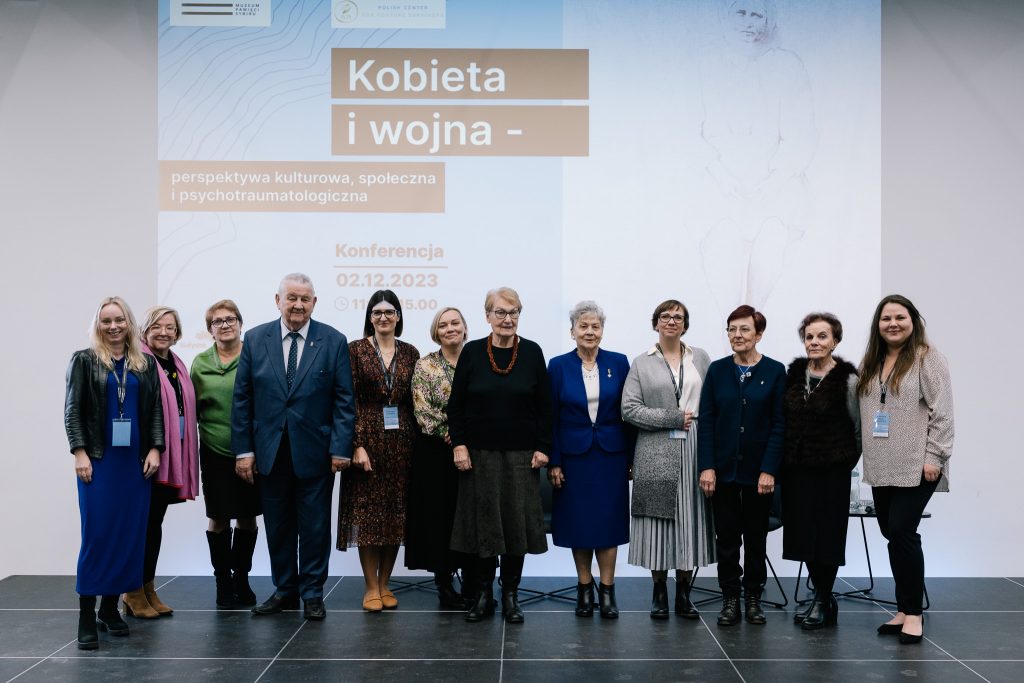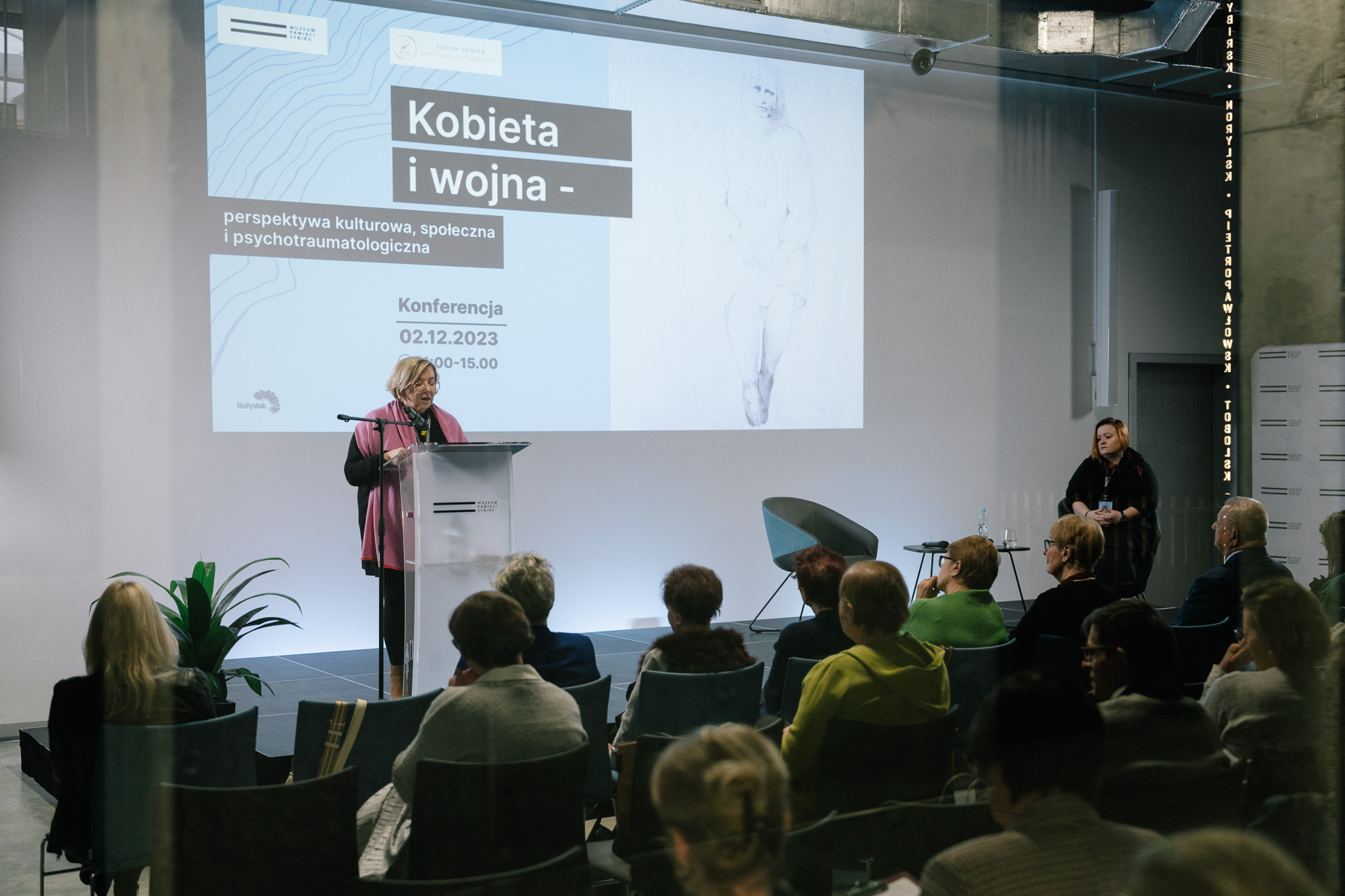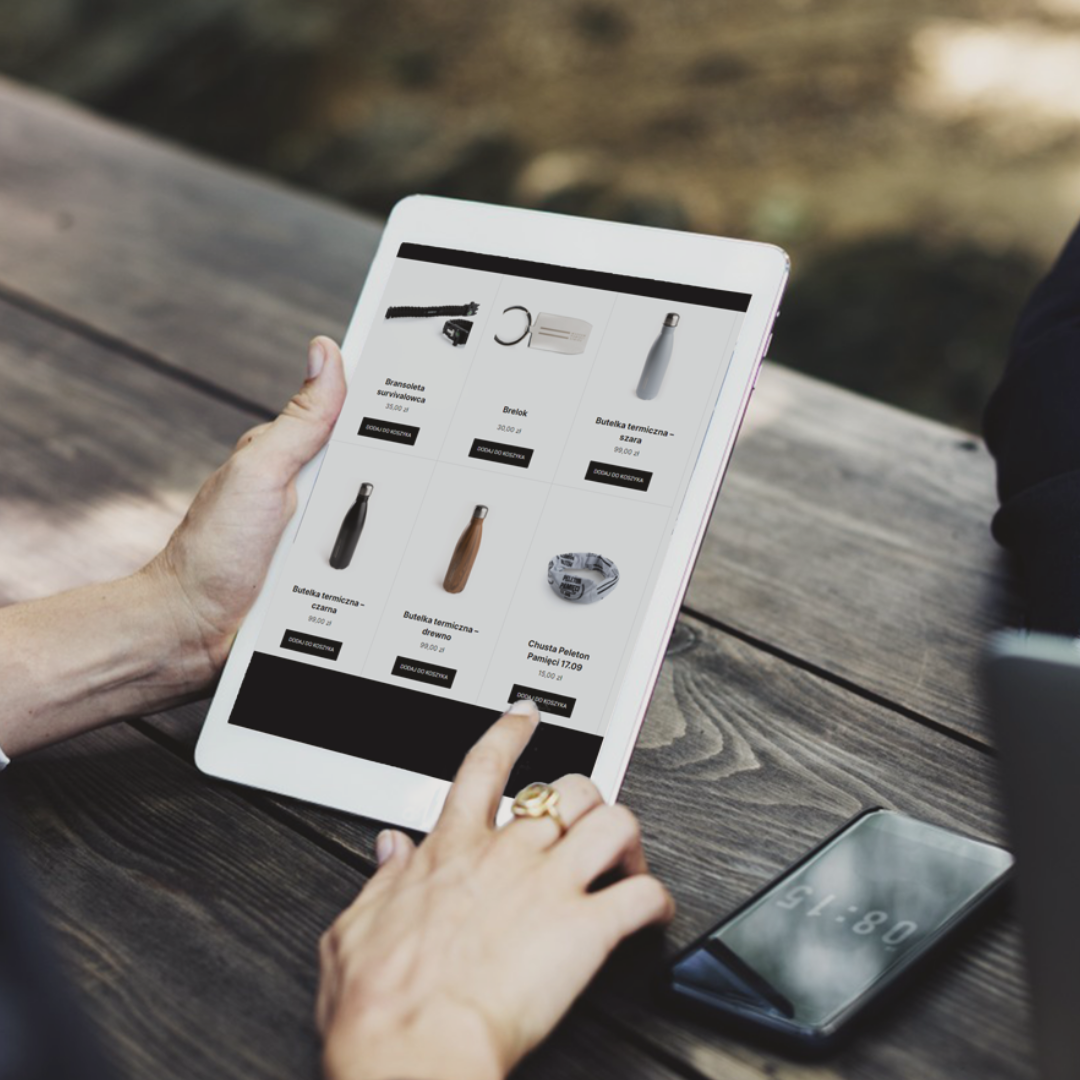The conference, which took place on Saturday, December 2, accompanied the opening (the day before) of the exhibition ‘Only Pain is Mine’ — exhibition that puts women’s experience of Siberia in the center.
As the Director of the Sybir Memorial Museum, Professor Wojciech Śleszyński, emphasized in his speech opening the conference, this exhibition was created from a combination of ‘youth, art and experience’. In this way he referred to the cooperation of the curators (Karolina Mosiej-Zambrano, PhD, Magdalena Zięckowska-Tuchlińska and Katarzyna Śliwowska) with the painter Edyta Urwanowicz and five Sybiraks as the Ambassadors of the exhibition: Jolanta Hryniewicka, Wanda Kościuczuk, Teresa Borowska, Janina Rutkowska and Barbara Sokólska.
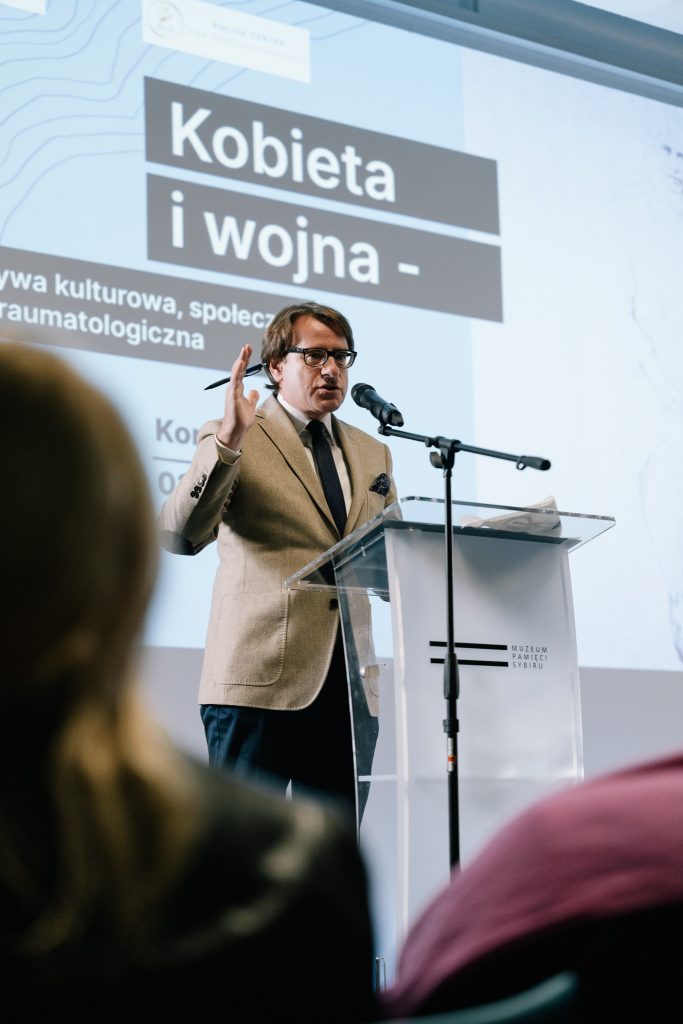
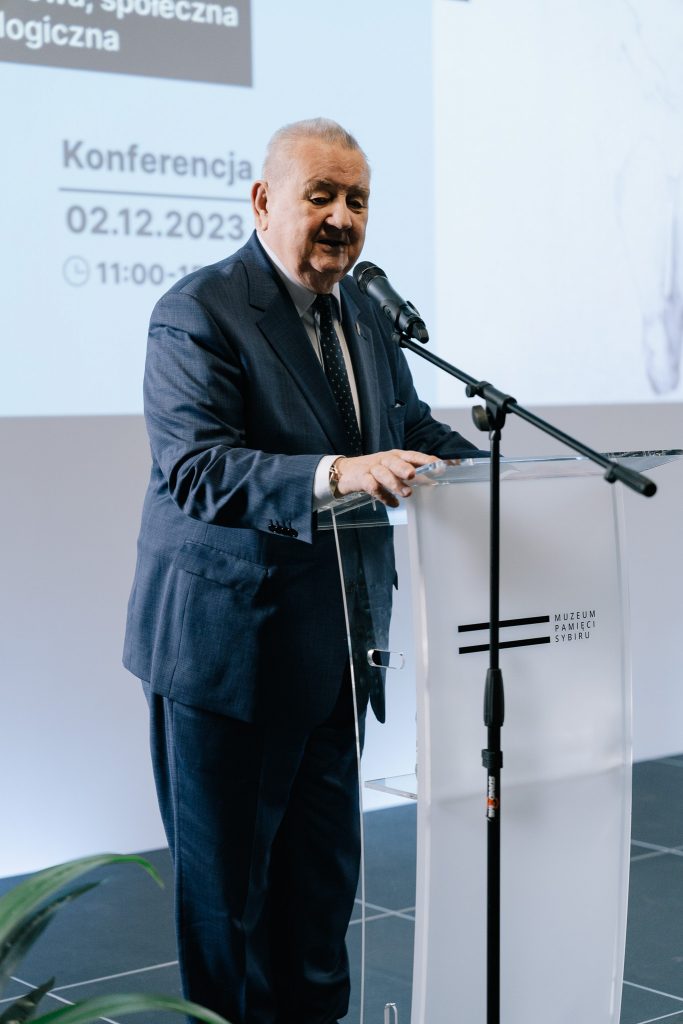
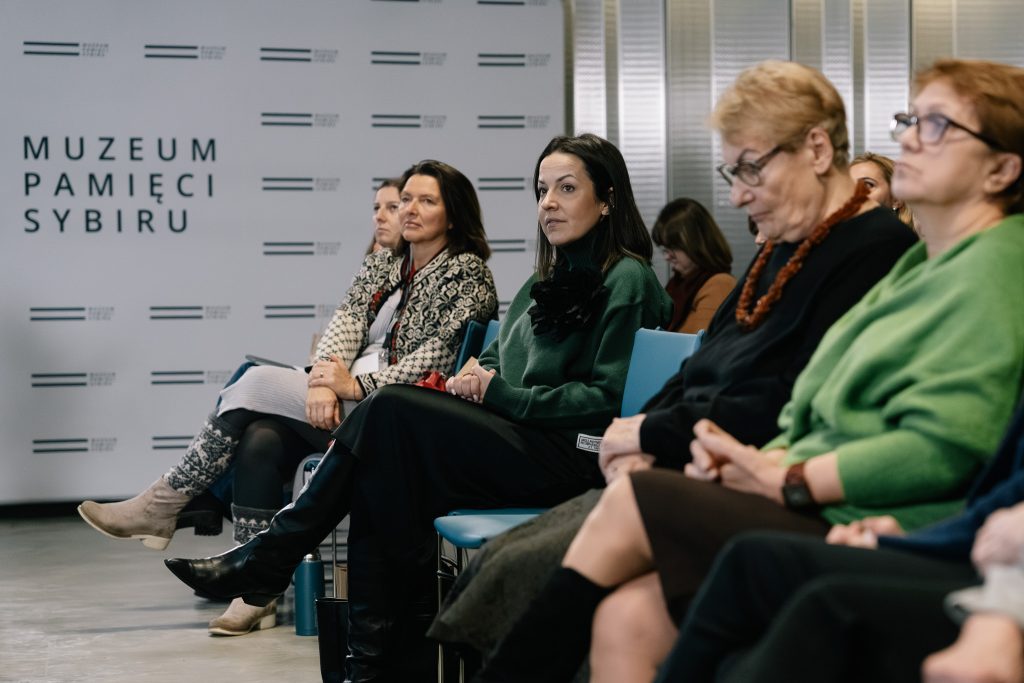
The conference was attended by a large group of listeners, primarily Sybiraks (not only the ambassadors of the exhibition) — including the President of the Management Board of the Association of Siberian Deportees, Kordian Borejka, who came to Białystok from Gdańsk.
Present were also, among others: MP Alicja Łepkowska-Gołą, representatives of the City Hall, including the Commissioner for Equal Treatment, Anna Dobrowolska-Cylwik, and scientists from the University of Białystok: Professor Izabela Święcicka — Vice-Rector for Science and International Cooperation at the University of Białystok, member of the Women’s Council of the Mayor of Białystok — and Professor Vielotta Wejs-Milewska and Barbara Czarnecka, PhD, DSc from the Faculty of Philology at the University of Bialystok.
Specialists in the field of psychology and psychological trauma acted as lecturers and moderators of the discussion.
The first of them was Izabela Trybus, a certified psychotherapist of the Polish Society of Psychoanalytic Psychotherapy and the Polish Psychiatric Association. She is a specialist in psychotraumatology and a supervisor of the Polish Society of Psychotraumatology. She served as the Vice President of the Polish Society of Psychoanalytic Psychotherapy for the term 2020-2022, and is currently a member of the Board.
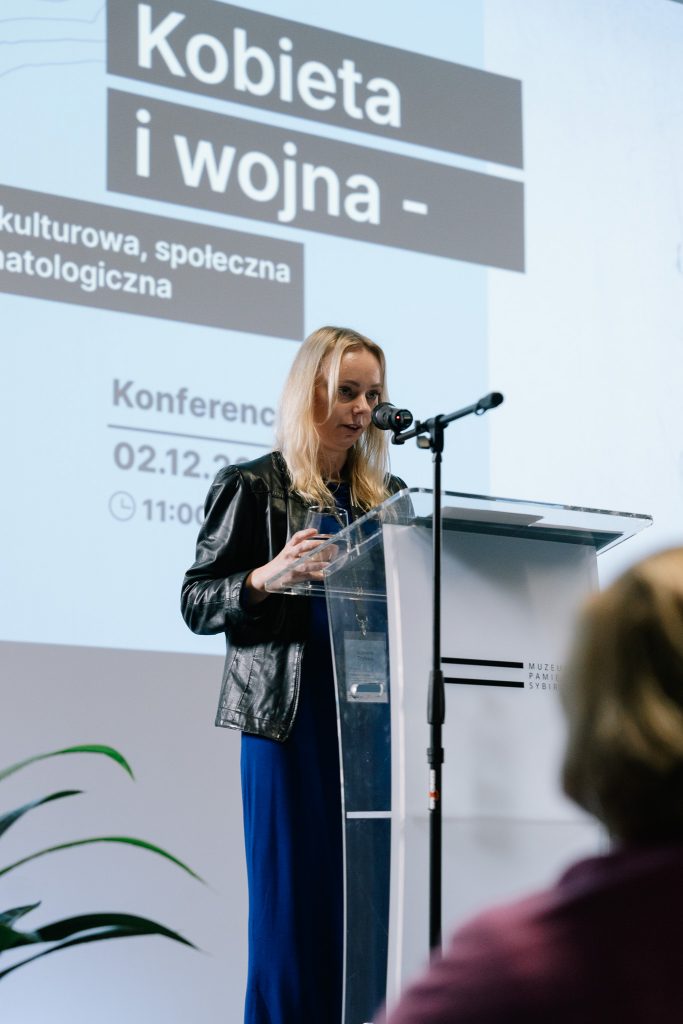
She is the co-founder of Ośrodek Psychoterapii Psychoanalitycznej Otwarci in Białystok. She runs the Psychoanalytic Film Meetings ‘In Depths’ in Białystok. She is the President of the Polish Center for Torture Survivors.
The second panelist was Dr. Wiola Rębecka. She is a graduate of psychoanalytic training at the International Psychoanalytical Association London/Poland. She also completed a clinical training program at the Women’s Institute Therapy Center NYC. She is the creator and implementer of the project ‘Rape — History of Shame’ and the author of the book ‘Rape. ‘History of Shame, Diary of the survivors.’
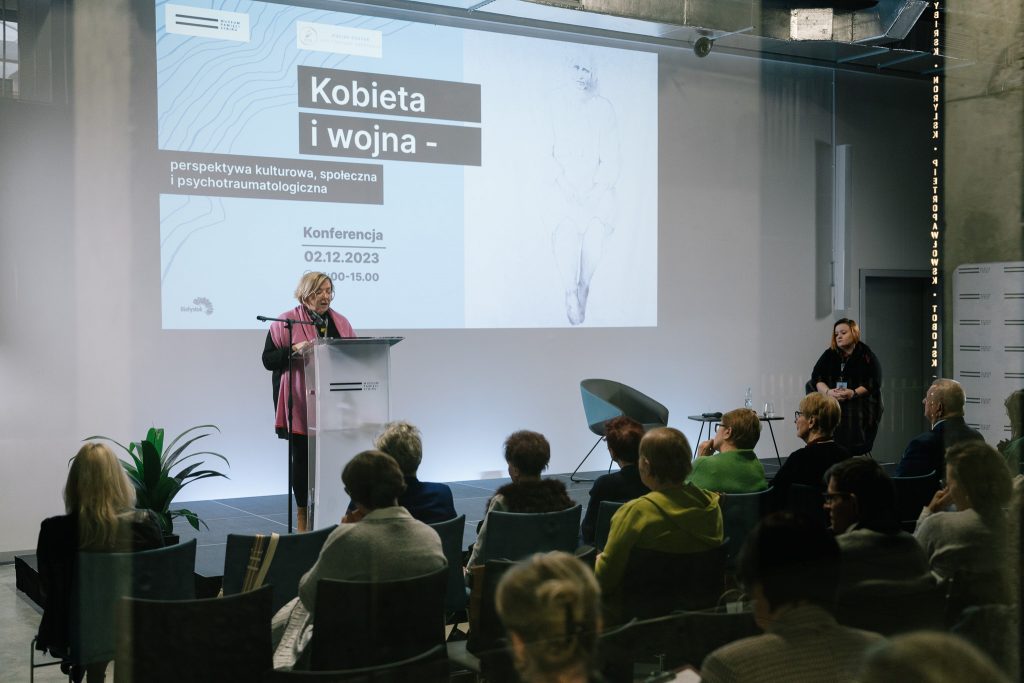
Her areas of interest and expertise include complex trauma, war rape survivors syndrome and intergenerational trauma. The researcher cooperates with the international community of war rape victims from Congo, Rwanda, Kosovo, Bosnia and Herzegovina, Bangladesh, South Korea, and Ukraine. She is the president of the Board of Women Chapter International. Sara2 NYC Program Director. She conducts research on war rape survivor syndrome as a doctoral student at Touro University in Los Angeles, California. Initiator and mentor of the Polish Center for Torture Survivors project.
The talks were led by Katarzyna Suchocka, who is a psychotherapist and psychotraumatologist working at Ośrodek Psychoterapii Psychoanalitycznej „Otwarci” and the Child and Adolescent Psychiatry Clinic. As part of her work, she deals with people experiencing trauma and supports volunteers working with refugees.
Izabela Trybus began her speeches with a question: — How to survive a war as a woman? Decisions about wars are made by ruling men. A woman is a spoil of war — she said. — An attack on women is an element of planned genocide, and rape is a tool, a type of weapon.
In her speech, the psychotherapist devoted much attention to the phenomenon of silence and the intergenerational transmission of trauma. — When you remain silent, trauma is passed down to subsequent generations — through various behaviors, e.g. outrun, coolness. Trauma can be inherited through a relationship.
According to the psychotherapist, in Poland, there hasn’t been and we lack work on the trauma after World War II, which the entire society should have undergone.
— We were not allowed to talk about the crimes of those who ‘liberated’ us. This is a very subversive narrative, also used in Ukraine today — Russians have been ‘liberating Ukraine from fascists.’
— ‘The number of rapes committed by the ‘liberators’ against Polish women is underestimated. The silence of the victims of wartime rapes stemmed from the belief that it should be covered up. ‘It was forbidden to speak because it was something ugly,’ Trybus quoted another researcher’s text. But when trauma cannot be worked through, it remains in the body, affecting its functioning.’
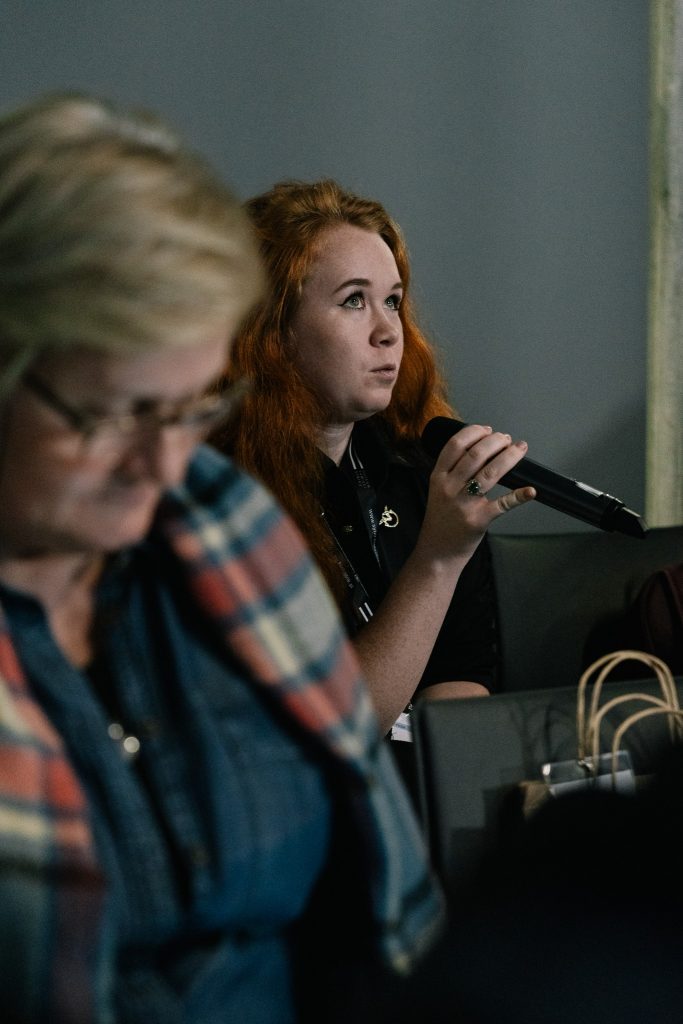
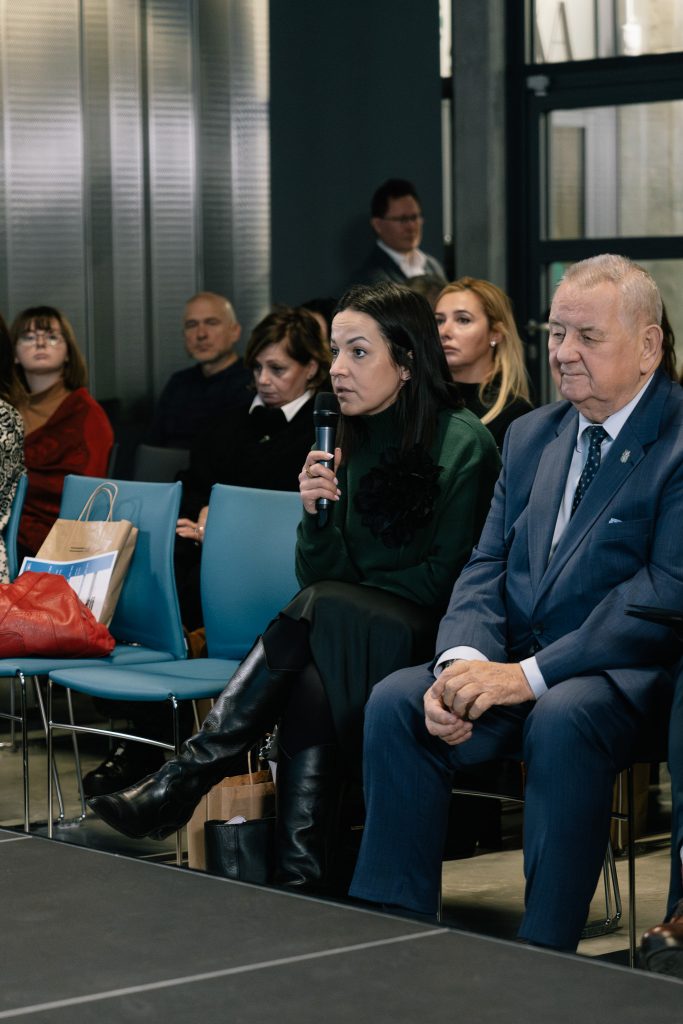
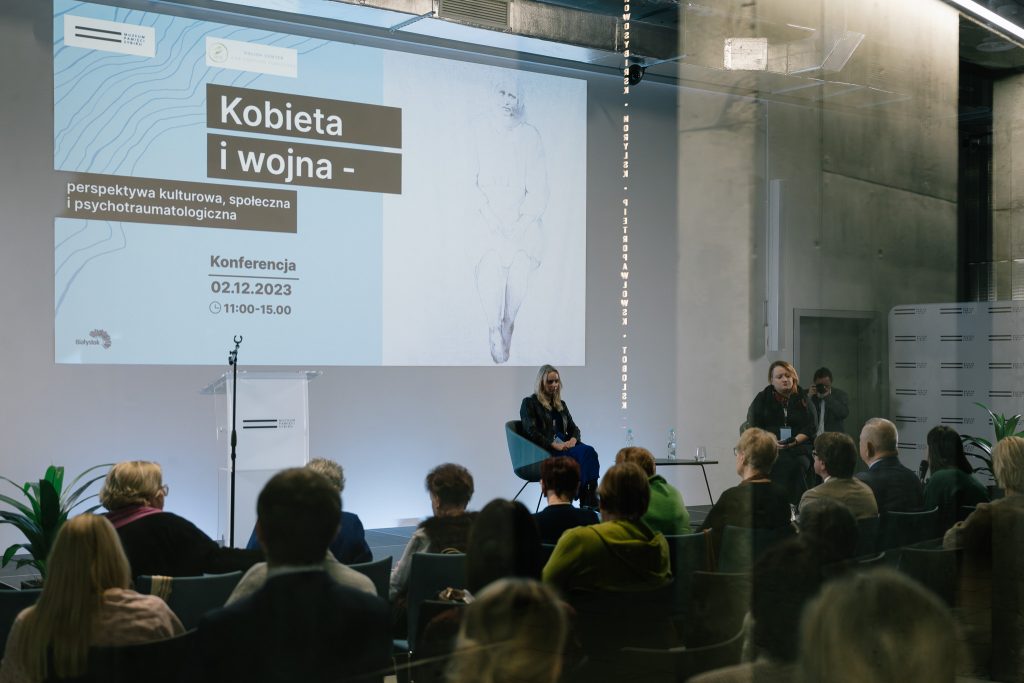
— Breaking the silence is the first step towards processing. However, speaking out is often determined by the societal reaction to rape victims, to children born from rape.
The specialist referred to various studies, including those conducted in Rwanda. ‘In the Rwandan genocide, a million people perished in 100 days. According to research, many psychological disorders emerged in society after this event,’ Trybus said. ‘According to studies, the mother’s mental state affects the developing fetus,’ she added.
— According to Professor Marcin Rzeszutko, approximately 19% of Poles have symptoms of post-traumatic stress disorder. A lower percentage occurs in households where there was open communication, compared to those where silence prevailed.
Izabela Trybus referred to accounts from the Siberian deportations: ‘I found few testimonies of violence such as rape. Perhaps people didn’t want to talk about it, and the women who experienced such violence are no longer alive. On the other hand, children still lack the language to name what was done to them. When trauma occurs before the age of 2-3, we remember it unconsciously. This experience, which cannot be expressed, affects further functioning, leading to conditions such as depression or nightmares — even though we may not realize where it came from.’
Izabela Trybus has extensive experience in working with survivors, women who have experienced sexual violence in wartime conflicts. ‘The best support for a woman after rape is another woman with the same experience, hence women come together,’ said the psychologist, citing examples of various initiatives from around the world that help survivors cope with trauma.
– ‘We use the term ‘survivor’ rather than ‘victim’ because it emphasizes the strength needed to endure trauma’, pointed out the psychotraumatologist.
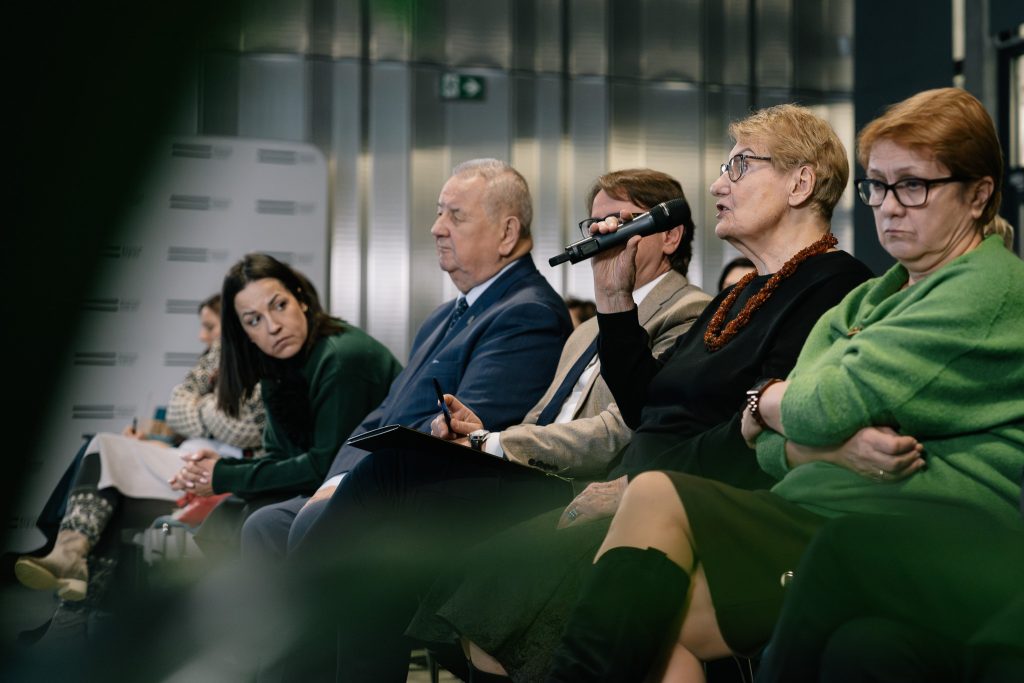
The first panel evoked lively reactions among the audience. Listeners shared reflections and posed questions to the speaker. Jolanta Hryniewicka shared with the audience the painful experience of discrimination upon returning from deportation: ‘When we returned from Siberia, we were citizens, but second-class. It was our compatriots who treated us this way.’
Sybirak recalled the example of a girl who was prevented from continuing her education after she started talking about her stay in Siberia.
The second panelist, Dr. Wiola Rębecka, also deals with transgenerational trauma and the long-term effects of wartime trauma. ‘Trauma comes from the Greek word for ‘wound.’ It’s a normal response of our body to an abnormal situation — one that overwhelms us,’ she explained.
— ‘While preparing for today’s conference, I was searching for testimonies from the Siberian deportations. It was my first encounter with the topic. I mostly came across testimonies from men. The diversity of oral histories also caught my attention.’
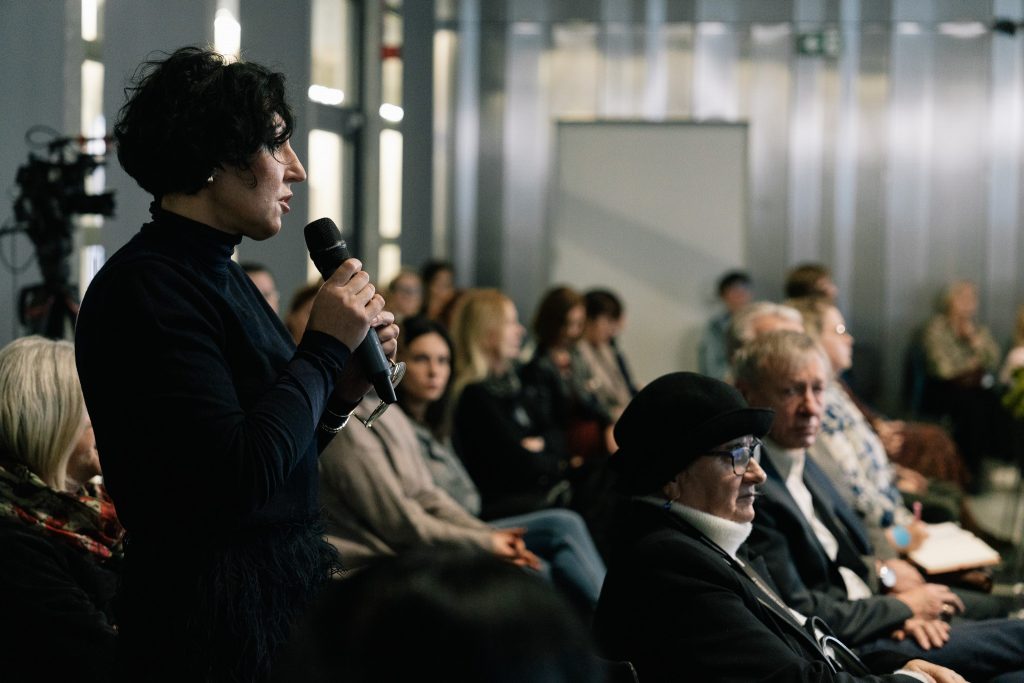
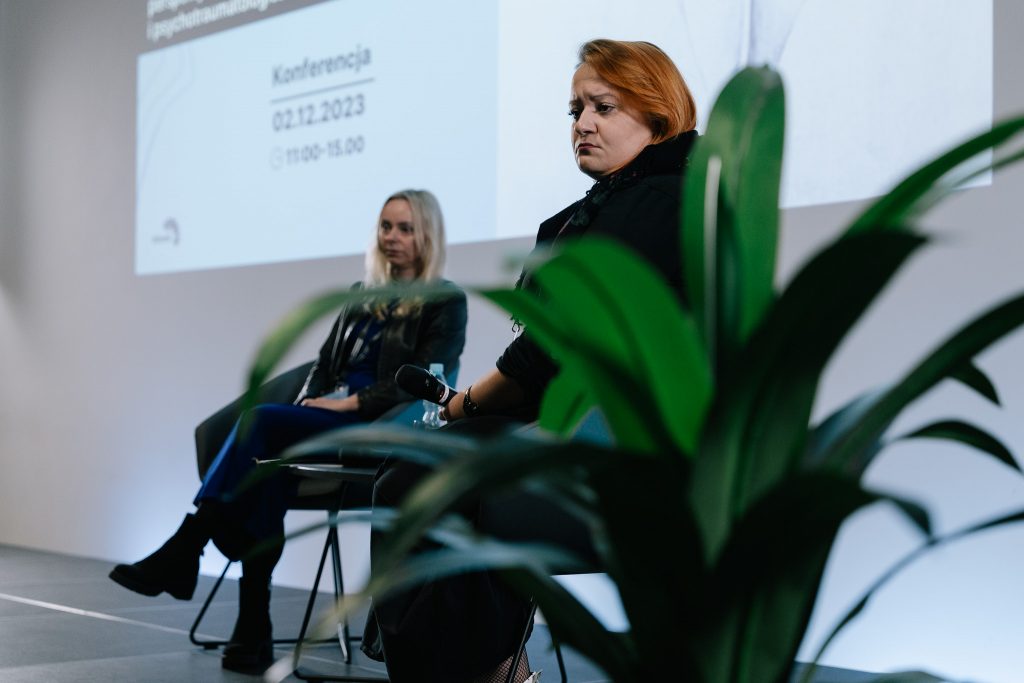
The researcher referred to the fact that contemporary Siberian deportees among us were deported as children. — Children have great resilience, the ability to survive and adapt to conditions, especially if they have a strong bond with a caregiver. In Siberian testimonies, we most often read or hear ‘mamusia’ (mom) when referring to the mother’.
— ‘One must endure,’ ‘one must be brave’, they said’, noted the psychotraumatologist. ‘But what happens when we ‘endure trauma’?’
In her presentation, Dr. Rębecka addressed issues such as hunger, which often appears in narratives of time spent in Siberia. ‘Starvation conditions our behavior. Long-term metabolic changes also occur. There is a greater risk of diabetes and ischemic heart disease, and in women, breast cancer as well. Stress and starvation during pregnancy affect fetal development. In children whose mothers experienced stress and hunger during pregnancy, cognitive disorders may occur.’
Survivors need help, including Sybiraks, here and now — said Dr. Rębecka. — After all, they also experienced revictimization. It’s good that such a discussion as today’s took place here, in Białystok — concluded Wiola Rębecka.
The last part of the conference was a conversation — led by Izabela Trybus — with the creators of the exhibition ‘Only Pain is Mine’.
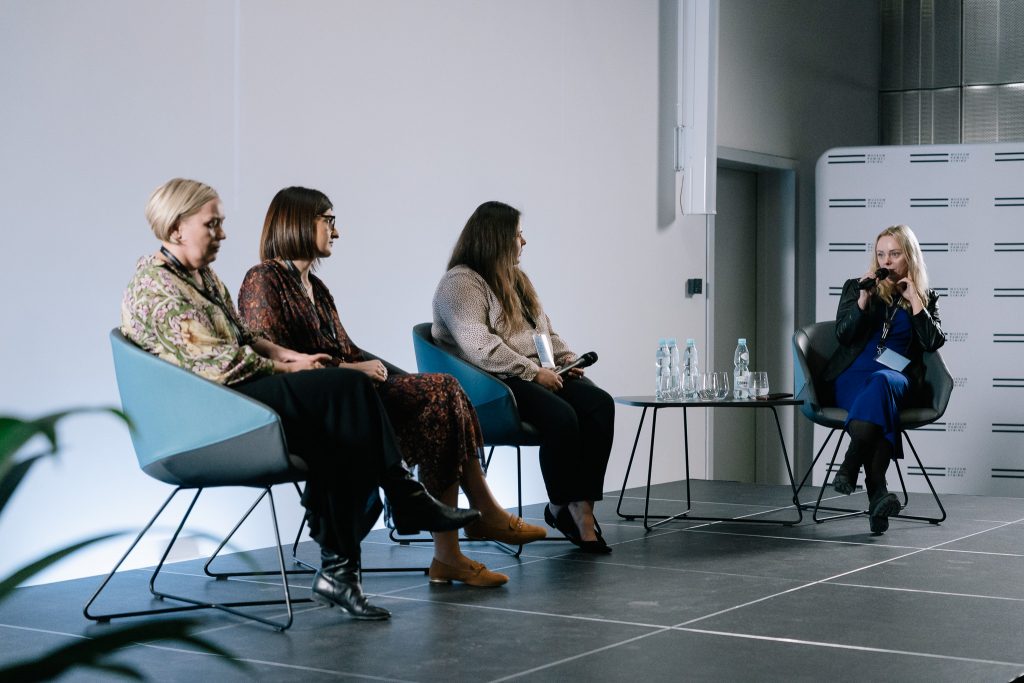
— Trauma is treated collectively — the psychologist said in the interview. — It’s good that both the exhibition and the conference could be experienced in groups.
The audience eagerly asked questions and shared their impressions of the exhibition. One of the questions concerned the process of creating the paintings and the association of canvases with the shroud.
— The size of the canvases was the only thing that was imposed on me from the beginning — answered the painter Edyta Urwanowicz. — The canvases are unprimed, so not everything can be painted on them. I worked by trial and error, I had to try different types of canvases.
— I deliberately got rid of colors, I wanted to focus attention on faces and gestures. I had an association with the shroud in the back of my head all the time. In addition, I deliberately rescaled the figures so that they had a greater impact in the small exhibition space — said Edyta Urwanowicz.
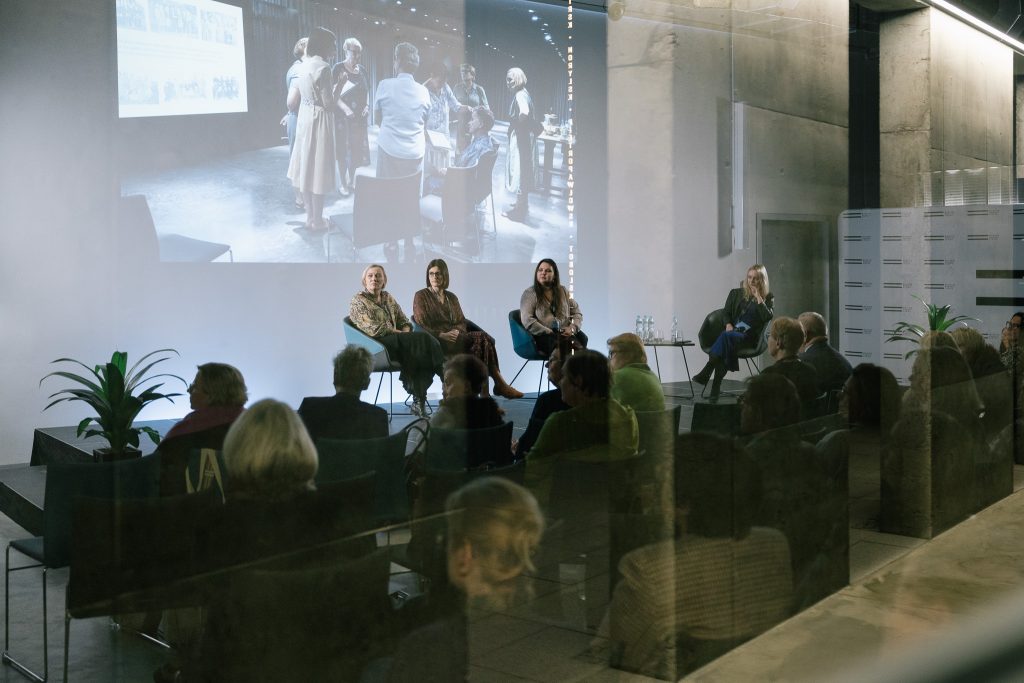
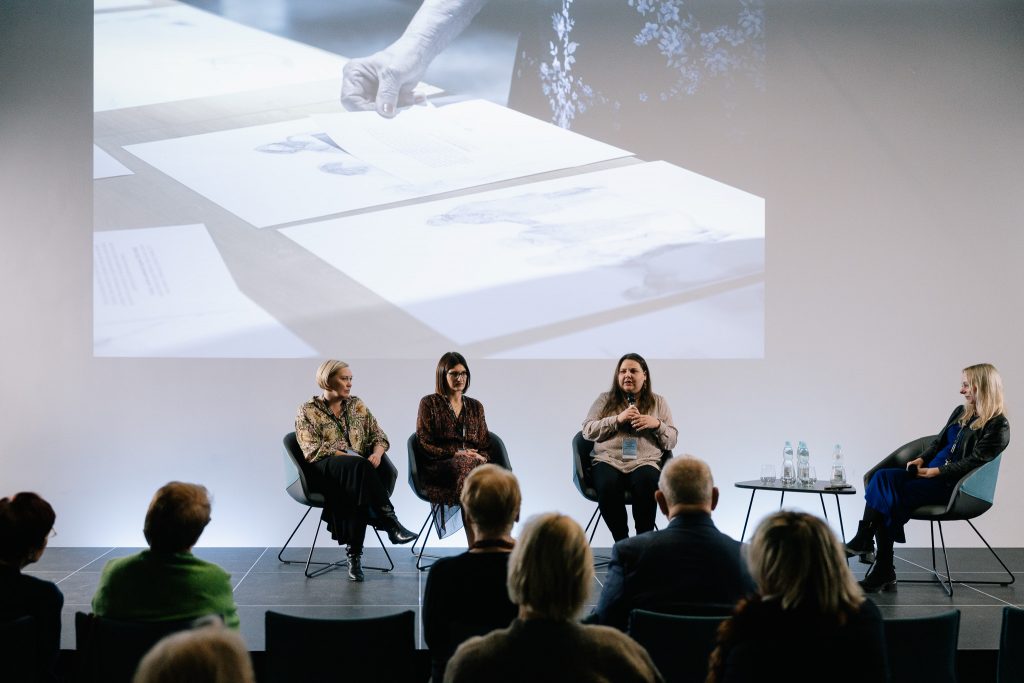
Karolina Mosiej-Zambrano, PhD, curator, added: — We wanted these canvases to be hung from multiple viewpoints and angles and interpenetrate each other. So one woman can be seen through another. Additionally, we did not burden the canvases in order to achieve the effect of breathing and movement. This exhibition is a living organism, just like each of us — she said.
Another curator, Katarzyna Śliwowska, emphasized: — We wanted visitors not to be next to these women, but with them. So that you can enter their world.
One of the participants shared the following impressions: — I associate canvas with the ethereal nature and delicacy of a woman…
Dr. Wiola Rębecka, joined the conversation: — I see the universality of this exhibition, also thanks to the history listening station. This is like giving a chance to survivors to speak, and this is happening in more and more places around the world.
A strong statement was made by the only man who was the last to speak in the discussion: — This exhibition should not be temporary, but permanent. Through the windows, you can see an exhibition of military equipment next to the Sybir Memorial Museum. How beautiful it would be if, instead of presenting weapons, there was a building where women’s stories were told, because they deserve it!
